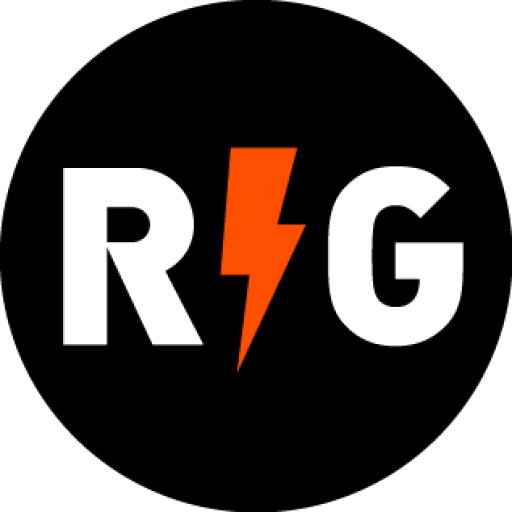

@rg
Category: Home Studio Articles
N ostalgia is a kind of selective memory. From our 21st-century perspective, the past stretches out like a golden landscape of great music, classic gear and bizarre haircuts, and we tend to overlook the fact that there were plenty of dreadful records in the ’70s and ’80s — and that many of the great ones were made despite, not because of, the equipment then available. It’s also easy to forget that the gap between home and professional studio environments was once a gaping chasm. Much of the equipment that is revered as ‘vintage’ today would have been available only in professional studios in 1985, and far too expensive for most home-studio operators.
With that in mind, we thought that a fitting way to mark SOS’s 30th anniversary would be to revisit home recording as it really was in the mid-’80s. We set out to assemble a setup that would include only equipment that was realistically within the reach of the average SOS reader, and use it to program, record and mix a complete pop song — in an ’80s musical style, naturally!
The Lie Of The Land
Sound On Sound was launched in response to a revolution in project-studio music recording. The advent of the MIDI protocol, MIDI sequencers, timecode-based synchronisers and narrow-gauge multitrack, all in the first half of the 1980s, meant it was becoming practical for hobbyist musicians to create complete tracks. Suddenly, eight- and 16-track recording was no longer solely the province of professional studios; but perhaps just as significantly, sequenced MIDI synth sounds and drums could both augment track count and maintain audio quality by being run into the final mix as synchronised live sources, rather than being recorded to multitrack.
Instruments such as the Yamaha DX7, Roland Juno 106 and Korg Polysix were bringing polyphonic synthesis to a mass market; Akai and Emu were doing the same with sampling, and with a little imagination it was possible to extract plausible rhythm tracks from a new generation of drum machines. There was a good selection of relatively affordable mixers to tie everything together, and even luxuries such as digital reverb were starting to become a realistic prospect for home-studio operators. For the first time ever, talented amateurs could create sophisticated recordings without the help of other musicians or engineers.
Yet, at the same time, many other technologies we now take for granted still lay in the future. Affordable sample-based synths and workstation keyboards would not appear until the later part of the decade. Steinberg had yet to create the ubiquitous Arrange Page, the graphical template to which today’s sequencing software adheres. Digital recording was in its infancy, so not only were luxuries such as non-linear editing and plug-in processing unknown, but unless you were lucky enough to own a Sony PCM F1 converter, master mixes had to be recorded to quarter-inch analogue or cassette tape. And entire market sectors that thrive today, such as active monitors, acoustic treatment and affordable capacitor microphones, had yet to be created at the launch of SOS.
Assembling The Studio
Of those SOS staff based in our offices near Cambridge (a list that does not include founders Ian and Paul Gilby, Editor in Chief Paul White or Technical Editor Hugh Robjohns), only Editorial Director Dave Lockwood worked in ’80s home studios first time around. His recollection of the typical home-studio setups of the time — described in the ‘What Would You Find In An ’80s Home Studio?’ box — became our template in setting up the studio. His attic also proved an invaluable source of period-correct equipment, including the centrepiece of the entire setup: an Atari 1040ST home computer, complete with MIDI synchroniser and a copy of C-Lab’s Notator sequencer.
Other team members were able to beg, steal or borrow a few other typical home-studio items: a 16-channel Soundcraft 200SR mixer, a pair of Yamaha REV7 digital multi-effects units and a Fostex M80 quarter-inch eight-track tape machine. However, although we could muster various ‘vintage’ synths between us, what none of us had was a suitable selection of early MIDI instruments. With that in mind, we turned to leading UK hire firm FX Rentals, who very kindly lent us several key pieces from their vast treasure trove of music gear: an original Yamaha DX7, a Roland Juno 106 polysynth and TR707 drum machine, and an Akai S950 rackmounting sampler.
Assembling this lot brought home how unwieldy the home studios of yore were. Our setup might have been a typical ‘bedroom studio’, but anyone who managed to fit that lot into his or her bedroom would struggle to do any actual going to bed too! Even in SOS’s large meeting room, it was a challenge to arrange it all in such a way that all of our cables reached, and everything was accessible, while any changes to the setup would plunge us into feverish sessions of patching and re-patching. Since the Soundcraft mixer was a live-sound variant with no tape returns and only four groups, this had to be done on a regular basis. In some cases it was also a headache to find appropriate cables: the main outputs of the mixer, for example, appeared only on male XLRs, which needed somehow to be connected to RCA phono inputs on our master recorders and be paralleled to our monitors.
Read More Of This Article -SOS

